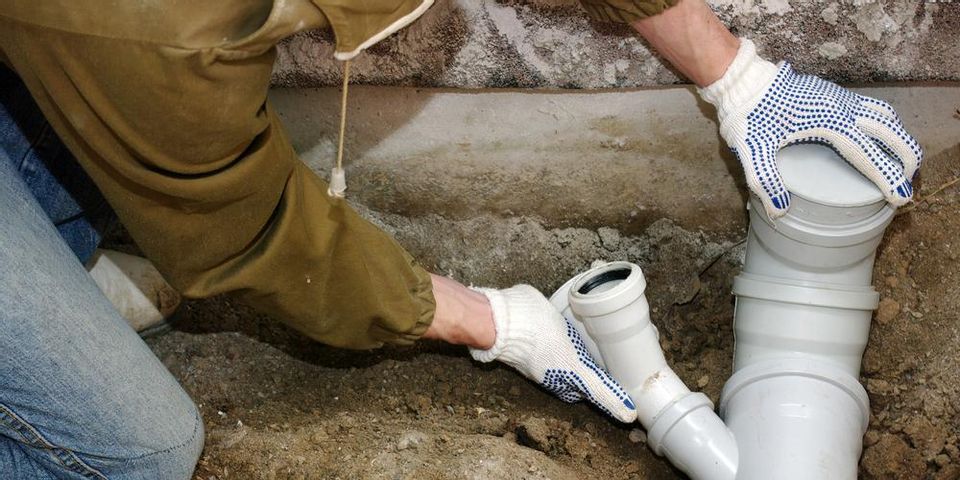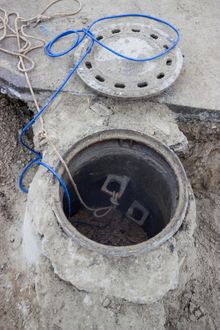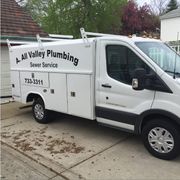3 Major Signs Your Plumbing System Needs Sewer Backflow Testing

A healthy sewer system is an essential part of any modern building. Although isolated problems happen, backflow testing ensures water continues to flow properly through the entire system. Learn what sewer backflow is and describe three major signs you should call a plumber immediately below.
What Is Sewer Backflow?
 Practically speaking, sewer backflow is contaminated water that flows into a building instead of out of it. This occurs when the pressure of a plumbing system changes, resulting in a reversal of the directional flow of wastewater within it.
Practically speaking, sewer backflow is contaminated water that flows into a building instead of out of it. This occurs when the pressure of a plumbing system changes, resulting in a reversal of the directional flow of wastewater within it.
When Should Backflow Testing Be Done?
1. Draining Water Begins to Bubble
Bubbles are the result of air pockets forming in water that is not flowing freely through drainage systems. If they occur in a sink or toilet that is not obviously clogged, it’s a sign that there is a backup further down in the pipes that needs to be addressed.
2. Multiple Drain Lines Are Clogged
While it’s normal for any single drain to have a clog, if several or all of them clog at the same time, it’s an indication of particulates being pushed back up into the entire system.
3. Backups Occur In Unused Drains
Although drains operate independently of one another, they are also part of an interconnected network. If water is coming back up out of a drain when you are using a different one, it’s a sign that there’s a backflow of water somewhere beneath the junction of their individual pipes.
A All Valley Plumbing & Sewer Service in Cincinnati, OH, performs sewer backflow testing services that will identify small problems before they become large ones. They are trusted Cincinnati plumbers who have been repairing and replacing drainage systems for over 30 years. Visit their website to learn more, or call them at (513) 733-3311.
About the Business
(80 reviews)
Have a question? Ask the experts!
Send your question

